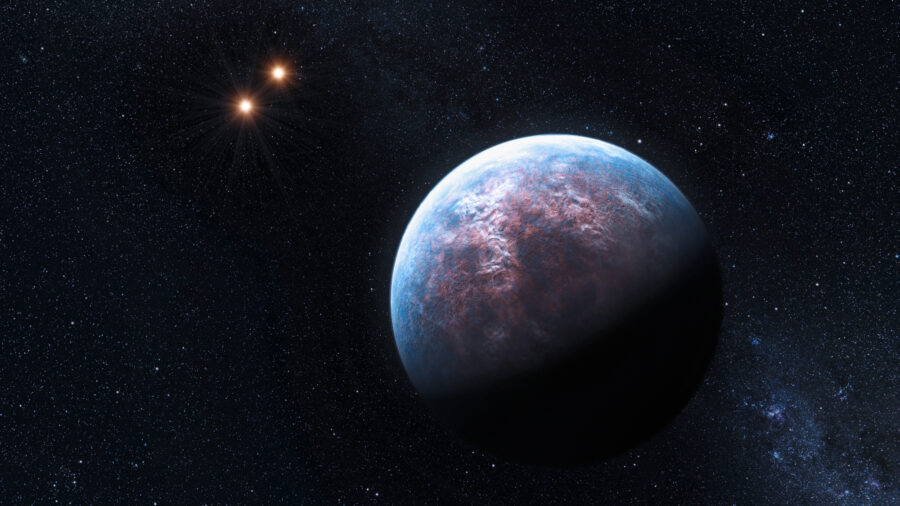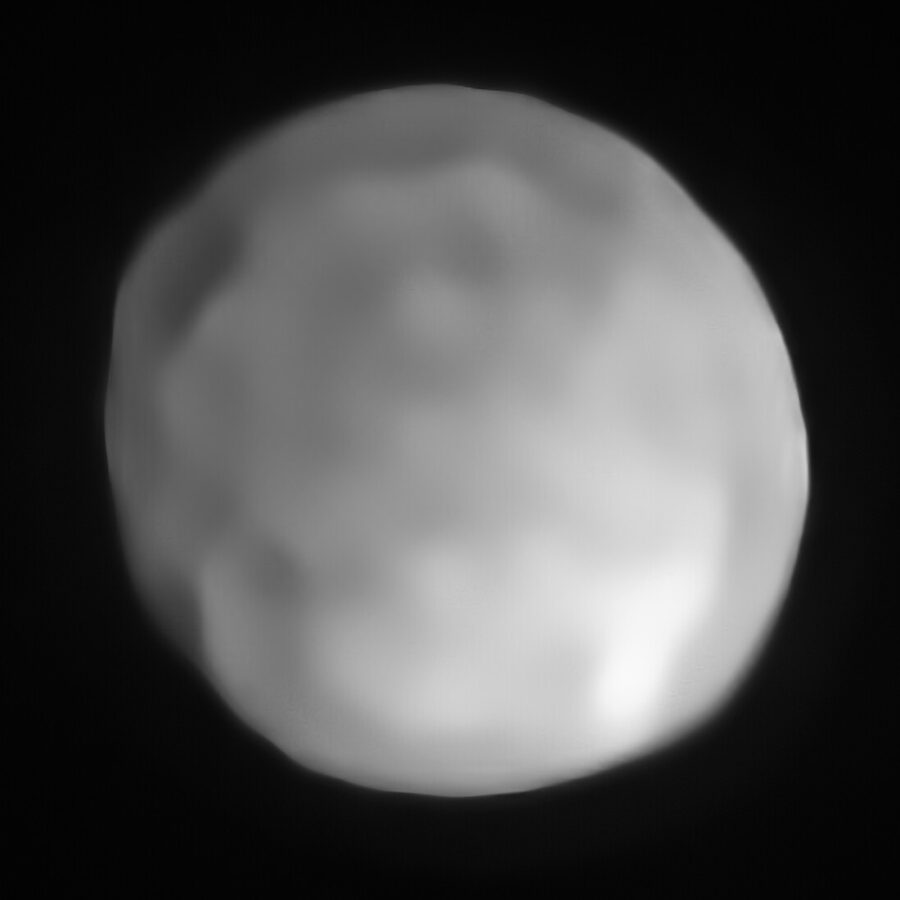Starless Planets Are The Key To Colonizing Space?
Starless planets may present the perfect factors for their moons to possess water, at least temporarily.

In what sounds like an oxymoron, scientists have developed a new theory that starless planets shrouded in total darkness might represent the perfect conditions for water to exist. A paper published by the International Journal of Astrobiology presents the case, supported by computer simulations, that moons orbiting rogue planets retain their heat for so long, measured in the billions of years, creating a habitable environment. The thought of planets drifting through space, outside of a star‘s gravitational pull, could be the best case for supporting life is the complete opposite of what everyone expected from decades of searching the stars for a new home.
Free-floating planets, either born that way from dust clouds or ejected from their home solar system for whatever reason, could be far more numerous than stars. To date, astronomers have confirmed the existence of 100 starless planets, and while the planets themselves may not be habitable, a number of them also have moons. Roccetti’s research points to the moons of the so-called rogue planets as being the key to finding water.
These moons would not have perfectly circular orbits, which means gravitational pull creates friction and generates heat. If this process happens to form a heat-trapping atmosphere, water might exist in a liquid state on the surface. Water could be created from the interaction of carbon dioxide and hydrogen in the atmosphere rubbing up against space particles, similar to how it’s theorized water came to be on Earth.

The biggest issue with the theory is that the conditions for water to form aren’t permanent. Over time, the moon’s orbit will become more circular, and the heat-trapping layer will dissipate, exposing the surface to the cold vacuum of space. Starless planets may not be bound to an orbit themselves, but their moons are, so while the conditions degrade, the gravitational pull will never cease.
What’s amazing about the mathematical models is the capability of moons to retain heat for billions of years, even away from the sustaining rays of a star. Starless planets cast out into the void may not be a permanent home for humanity, but the period in which habitable conditions last can stretch out for 50 million years. Given the challenge of getting humans to Mars and then attempting to colonize the waterless planet, finding any celestial body that’s more hospitable would be a significant boost to our understanding of the universe around us.
Astrobiologists argue that the logic is flawed as solar radiation is required for life to grow and thrive, and by the nature of a starless planet, it isn’t being bathed by a nearby sun as Earth is. Roccetti and her team counter that the moon of a rogue planet will have the correct amount of water, less than an ocean world, to sustain life. Humans are flailing around in the darkness of space to find out more about our universe, and now it’s possible that planets shrouded in darkness may be our eventual salvation.












